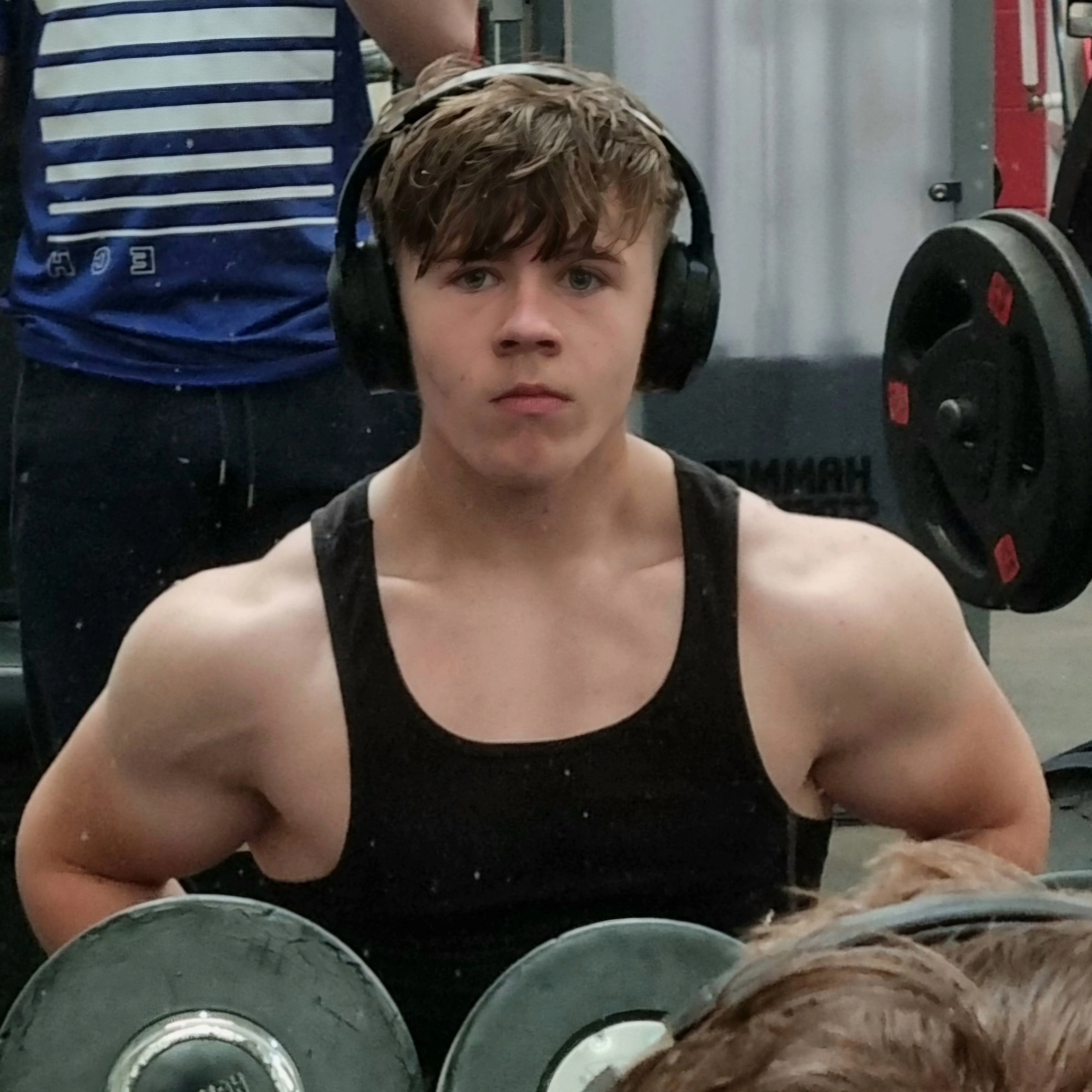The James-Lange Theory of Emotion (Key Theory)
Cards (14)
- What does the James-Lange Theory of Emotion state?
- How does physiological arousal occur according to the James-Lange Theory?
- What role does adrenaline play in physiological arousal?
- What happens after physiological arousal according to the theory?
- What emotion might be felt after meeting a bear in the forest?
- What does the theory suggest about the relationship between physical changes and emotions?
- If a person's heart rate does not increase while speaking in front of a class, what emotion do they likely not feel?
- What is a strength of the James-Lange Theory?
- How does a phobia relate to the James-Lange Theory?
- What is a weakness of the James-Lange Theory?
- What does the Cannon-Bard theory suggest about emotions?
- What is another weakness of the James-Lange Theory?
- What do Schachter and Singer's findings suggest about emotions?
- How does the James-Lange Theory fail according to Schachter and Singer?
